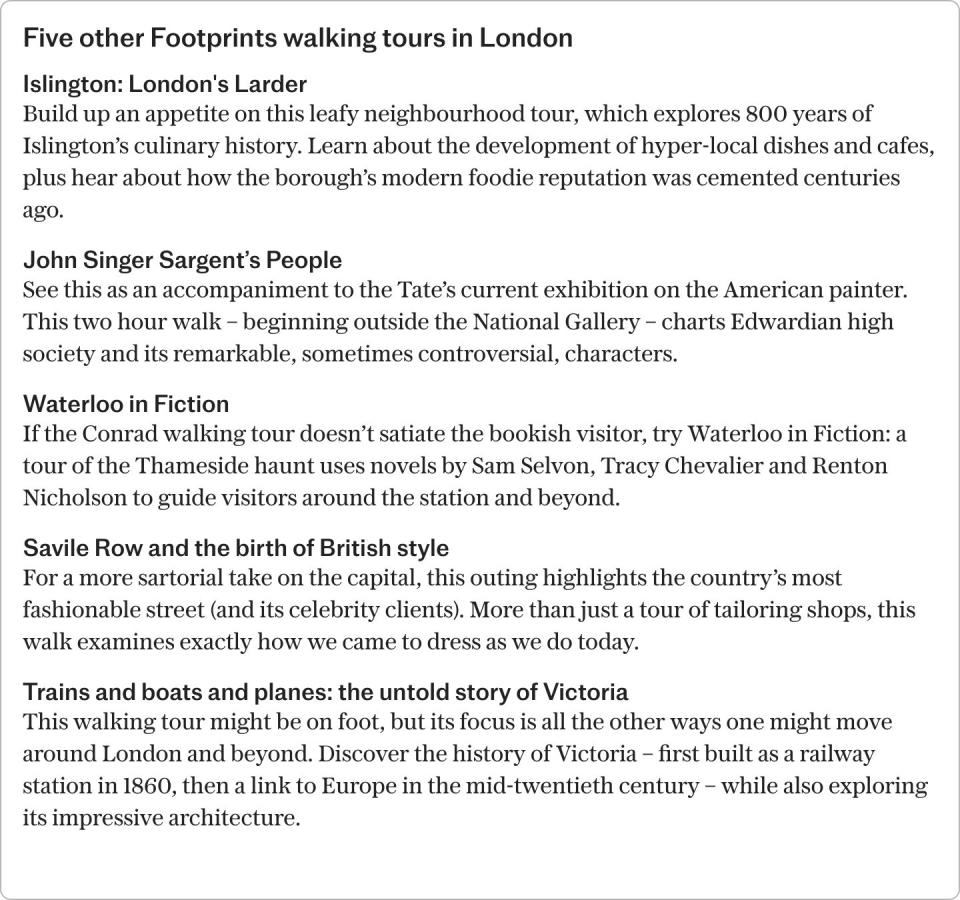I discovered communist London on a literary walking tour
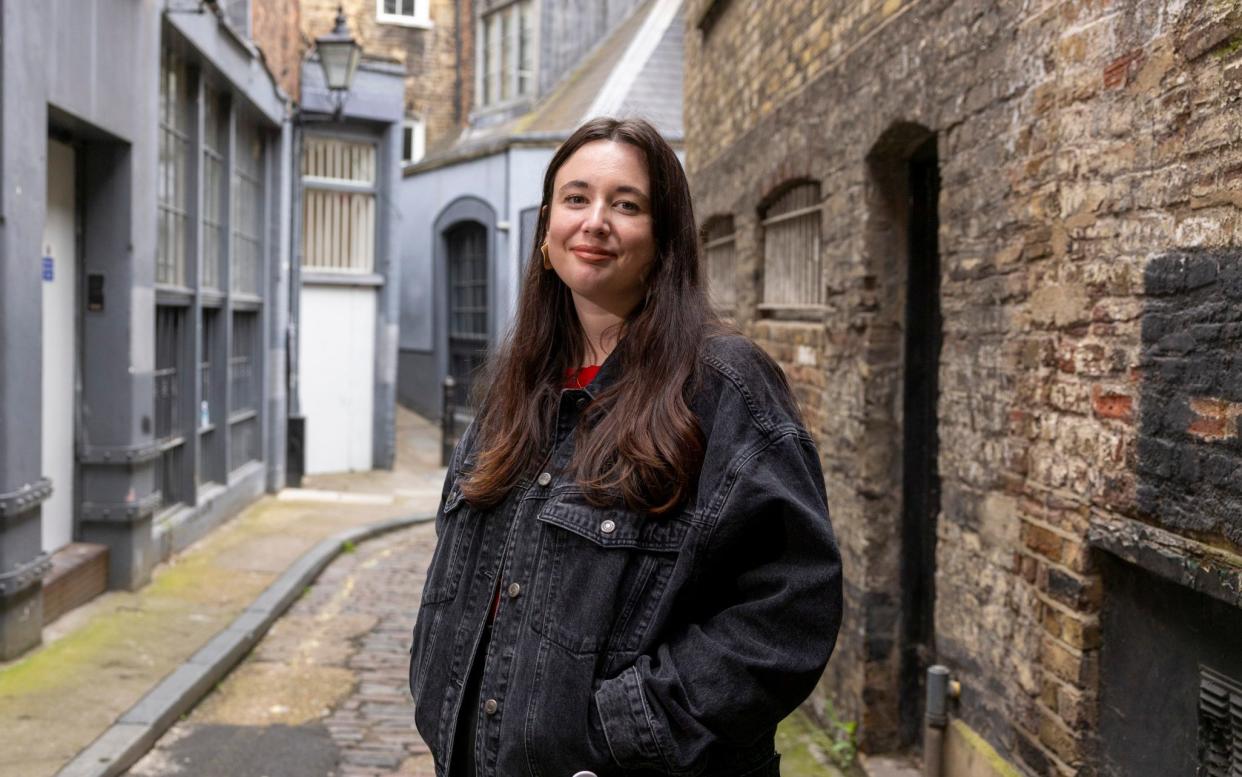
In The Secret Agent by Joseph Conrad, a cornerstone of British espionage is in a pornographer’s shop. This furtive hideout is not somewhere anonymous, but on Irving Street, just by Leicester Square.
This hidden history – one that reveals the hideouts of socialists in Soho and Bolsheviks in Belgravia – is revealed on the Conrad’s Secret Agent walk, one of Footprints of London’s literary walking tours. Other themed walks include Italian Clerkenwell and Peter Ackroyd’s East End, but I’m here to discover early 20th-century London, and the real places that inspired Conrad’s most mysterious novel.
The Secret Agent is set in 1886, and follows Adolf Verloc, a spy who is at pains to impress a mysterious embassy, probably Russian. He infiltrates an anarchist group at the embassy’s behest, and coerces his brother-in-law, who has an intellectual disability, to bomb the observatory at Greenwich. The political landscape of the book feels rather pertinent, but the events are based on a real Greenwich bombing of 1894, in which Frenchman Martial Bourdin died when his explosives detonated early. His motives were never discovered.
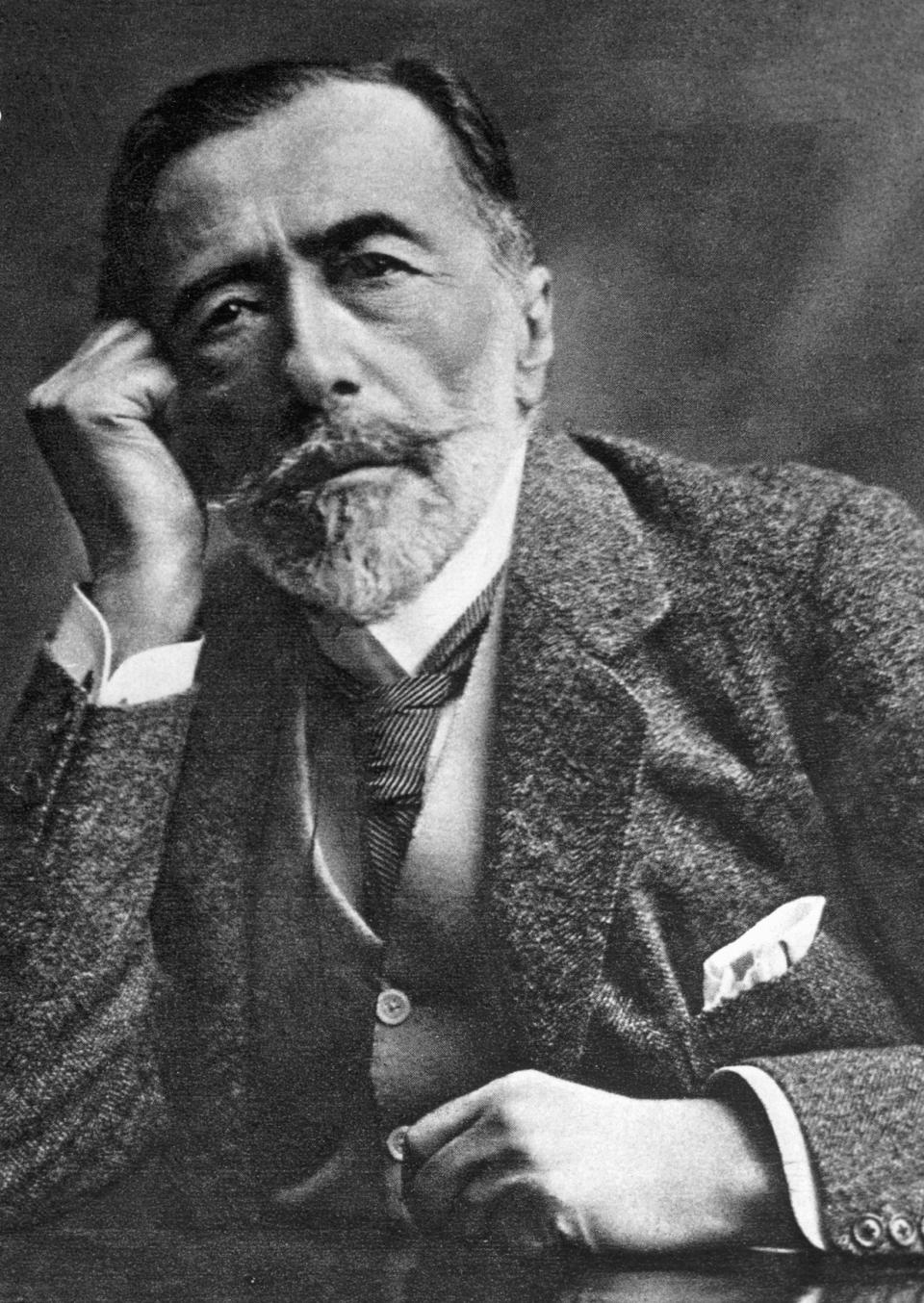
I’m guided by Oonagh, a retired archivist who has led walks across London for around a decade. We’re not following scenes from the novel in a chronological order, per se, but following the route of the communards, refugees and political exiles that inspired the author to write.
Conrad, slightly unfashionable now, was the son of two exiled Polish revolutionaries. Both died before he was 12; his early life was marked by political upheaval and ill health, spending time in boarding houses for those orphaned by political activity. After a career in the French merchant navy, Conrad eventually moved to Pimlico in order to write.
Oonagh mischievously suggests that this disrupted childhood is why the writer is so ambivalent towards his revolutionary characters. Hesitant he may have been, but Conrad nonetheless knew the communist character of early 20th-century London.
Take, for example, his many revolutionary meeting places. It’s the first stop on the walking tour: on a side street near Tottenham Court Road, we find the one-time meeting house for European exiles. Rudolf Rocker, the German anarcho-syndicalist, spent time here before organising an influential strike by Jewish garment workers in the East End in 1912. Now, Stephen Mews is home to a pub and nothing much else; its radical history unmarked.
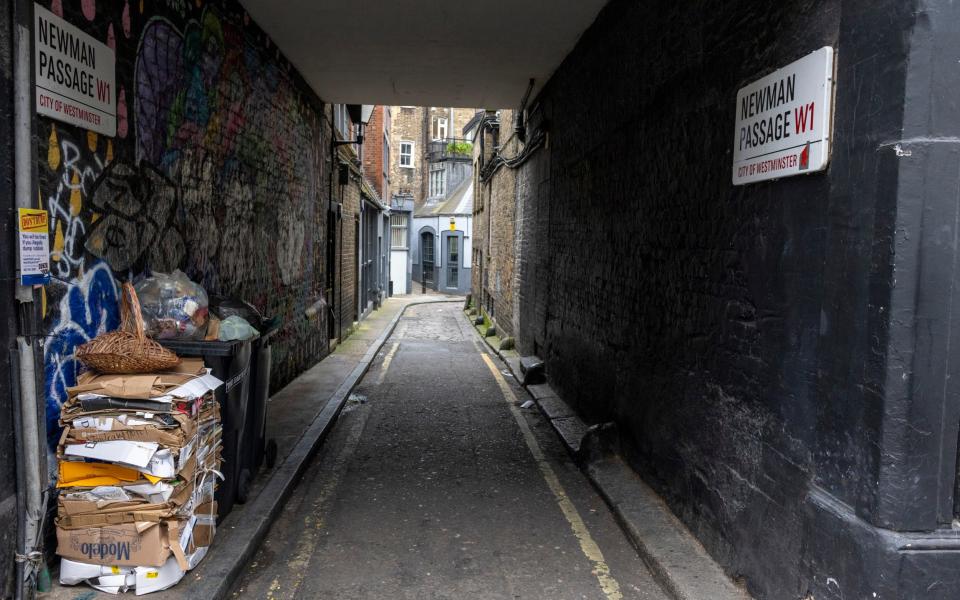
More enigmatic, though, is the cobbled Newman Passage, accessible through a stale-smelling alleyway. Once the site of a soup kitchen, the building gave refuge to French communards, who fled to the British capital as the Paris Commune collapsed in 1871. Persecuted at home, the radicals gathered across the Channel. The “influx” of French exiles (in reality only around 3,500 came to London) is a major concern in The Secret Agent – characters in the book worry that international conspirators are infiltrating the city. Rathbone Street is worth visiting, not for its remarkable beauty but for the ease at which one can imagine its former purpose.
As we walk through Soho, Oonagh produces laminated cards to tell the story of Louise Michel, a French writer and teacher who founded an anarchist school in London, which was closed after explosives were found in the basement. It transpired that Auguste Coulon, a Special Branch agent provocateur, had planted them; Coulon, incidentally, was used by Conrad as the basis for Chief Inspector Heat in The Secret Agent. Michel remains obscure in Britain, but upon her death in 1905, some 100,000 people went to her funeral in Paris. It’s a curiously unknown biography, one that isn’t helped by Conrad, who is relatively unconcerned with female revolutionaries.
It’s remarkable, though, how signs of the men’s city remain. We turn a corner on to Windmill Street, where an inauspicious Moroccan café forms part of a terrace of shops. Here, Oonagh tells me, was the Autonomie Club, a social hub for anarchists in the late 19th century. Now, a few tables are occupied but it’s relatively quiet; one wouldn’t imagine this as a place of revolution. Its radicalism was short-lived – it was raided after a membership card was found in Bourdin’s possession, which led to its being disbanded.
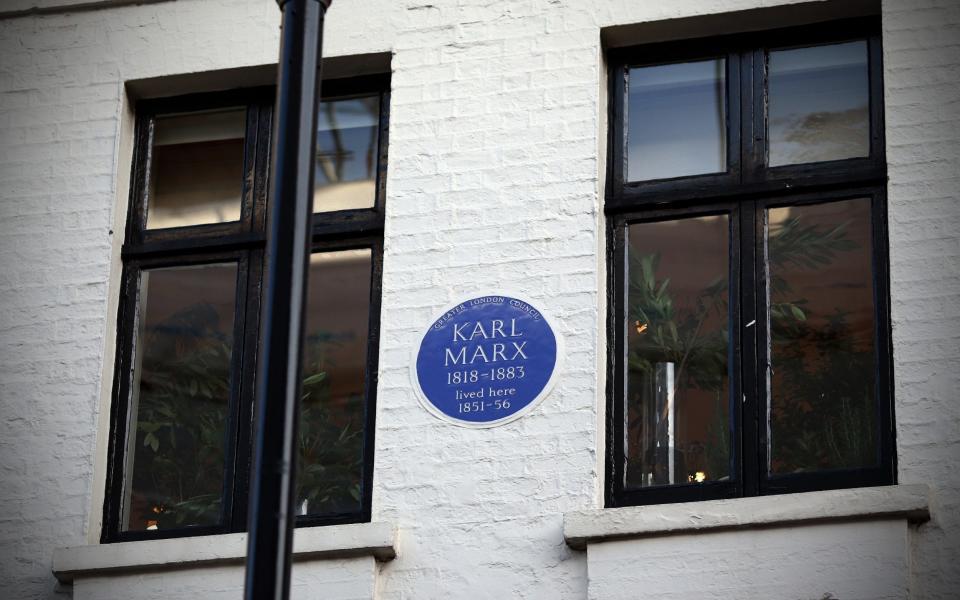
Not all of the tour is about intrigue. The Sondheim Theatre, on the corner of Shaftesbury Avenue and Wardour Street, is thought to be the approximate site of St Martin’s Hall. The hall played host to the first meeting of the International Workingmen’s Association, where delegations from across Europe gathered to discuss the future of the trade union movement. From Germany, a certain Karl Marx attended, although he declined to speak. Marx would end up living, in poverty, nearby, writing and working alongside fellow communists in Soho. His Dean Street flat is now marked with a Blue Plaque.
Lenin was a local, too. “He wasn’t that interested in mingling with other people, though,” says Oonagh. Despite his antisocial tendencies, the Russian moved around central London, living in Clerkenwell and spending time at the British Library. It’s from here that he conceived of his revolutionary newspaper, The Spark, which aimed to inspire an uprising against the tsar.
As a final stop, we weave through the bustling streets to Maison Bertaux, a French café. Iced buns, croissants and pastries line the windows, coquettishly hidden behind Breton-striped blinds. It was founded by a former communard in 1871 to serve the growing French population, offering pastries and cakes familiar to Paris but totally foreign to London. It remains popular, with a constant stream of customers hurrying through the door for espresso.
The café became a favourite almost immediately, among refugees and locals alike, and, remarkably, remains so. Conrad’s city is, it seems, still here – if you know where to look.
Footprints of London runs walking tours throughout the year, with tickets starting at £15. Find out more via its website. Oonagh Gay, and fellow guide Sue McCarthy, can also be booked privately through Capital Walks in London – see the website or email oonagh.gay@icloud.com for more details.
